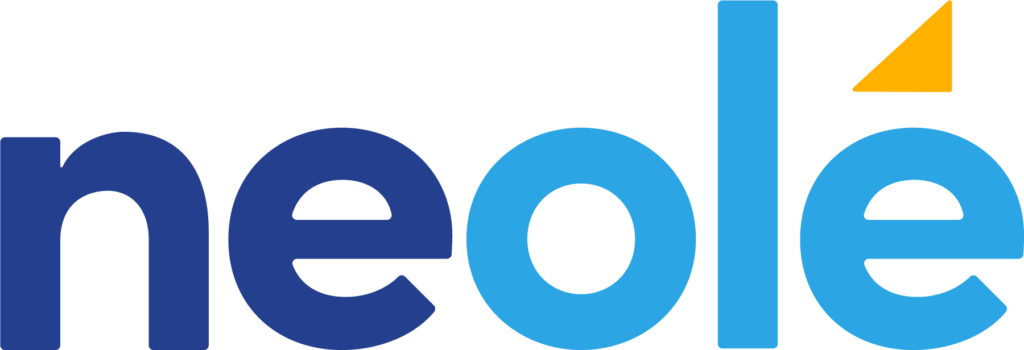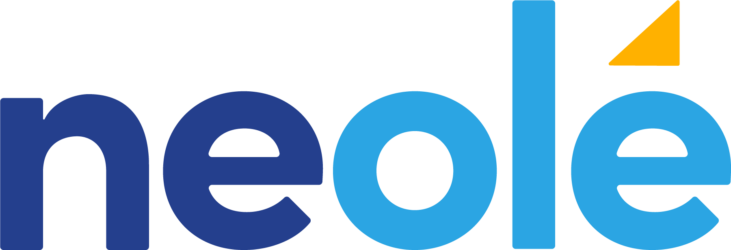Creativity is a natural human ability; we are all born with it. But few adults think of themselves as creative. Understanding how to exercise your creativity begins with understanding the 4 C’s of creativity.
Are You Creative?
Whenever I ask a roomful of people, “Are you creative?”, less than a quarter of the people in the room put their hands up. The results of my informal research are backed up by a global study conducted by Adobe, which revealed that only 25% of people think of themselves as creative.
The real reason is that most people misunderstand creativity. In fact, when I ask the same question after explaining the 4 C’s of Creativity, the number of people who think of themselves as creative increases exponentially every time.
The 4 C’s of Creativity
The 4 C’s of Creativity categorize the different levels of creativity that people exert. The interesting thing is that 100% of people exert at least one of these levels of creativity at some stage in their lives, whether they are aware of being creative or not.
The 4 C’s of Creativity are:
1. Mini C
2. Small C (also known as everyday creativity)
3. Professional C
4. Big C (also known as Eminent C)
Mini C Creativity
“Mini C” creativity is the type of creativity that we associate with children. It’s also the type of creativity that any of us do when we’re engaged in learning something for the first time. It’s the simplest level of creativity. Examples of Mini C creativity can include making something out of Lego for the first time or playing around with your new smartphone without looking at the instructions. “Mini C” creativity is experimental and playful.
Small C Creativity
“Small C” creativity is also known as “everyday creativity.” It’s the type of creativity that you naturally use when solving day-to-day problems. Every day you are faced with new challenges and you are able to find quick solutions without even realizing that you are being creative.
Small C creativity is something you do unconsciously and out of necessity, and is actually essential to daily functioning. For example, you use creativity when you open the fridge and find only two main ingredients with which you will need to improvise a meal for your whole family. You use creativity if you are stuck in traffic, your GPS goes on the fritz, and you choose to explore a new route to your destination. If you are a parent, you have probably come up with many creative ways to get your young children out the door in time. If you like to make your own greeting cards or fix broken appliances, then that’s your way of exercising Small C creativity. Even playing with new fashion styles is Small C creativity.
The difference between Mini C and Small C is that Mini C creativity is driven by curiosity; no prior knowledge is necessary. Small C creativity is driven by a need to solve an immediate problem and involves some level of knowledge in the area.
Professional C Creativity
Professional C creativity relies on at least some specialized knowledge and expertise. It’s the type of creativity that you might do when you combine specialized knowledge, a vivid imagination and a willingness to experiment. The end result of your domain expertise and your creativity might be something like an ecofriendly high-rise, a chef’s signature dish, a new process improvement, or a speech that meets with a standing ovation.
Big C Creativity
Big C creativity (or Eminent creativity) involves specialized knowledge or expertise AND has a widespread impact. An example of Big C creativity might be the discoveries that led to the creation of X-ray technology, famous vaccines, heart surgery, the works of Dali, or the influence that Gandhi had on social movements around the world.
I’ve come to realize, and I hope you do too, that when people think and say they are not creative, what they really mean is that they haven’t done any Big C creativity. That doesn’t mean they aren’t creative. The important point, and the whole reason why I like to explain the 4C’s at the start of any session on innovation, is that we are all creative at some level. In fact, the more you practice Mini C creativity, the more you will find yourself doing everyday creativity. Likewise, the more everyday creativity you do, the more you will naturally apply creative thinking in your professional field.
How to Exercise Your Creativity
Here’s what you can do to practice and exercise your creativity:
Be curious and playful. Try things you’ve never tried before. Step out of your comfort zone and go places where you’ve never been. Try gardening or play around with a musical instrument, pick up some paintbrushes or doodle on the sidewalk, but do it out of pure curiosity, not with any expectations or desired outcomes. Doing so will exercise your Mini C muscles, which, by the way, were in good shape when you were a child. You don’t need to start from scratch; you just need to remember what it was like to be a curious child and allow your adult self to be just as curious and inquisitive.
Notice all the little problems you face every day, but instead of complaining or feeling sorry for yourself, be thankful for the opportunity to practice some creativity. Look at the problem from another person’s perspective. Come up with a few different ideas for how it might be solved, try out a new solution and learn by experimenting. If something breaks, try fixing it or try going without it. If there’s only one ingredient in the fridge, try making a meal anyways. If you forgot your charger, think: What are all the ways I might do what I need to do without my phone? This is everyday creativity.
Identify a gap or an area for improvement at work or in your field of expertise. Use your imagination to dream up various solutions and start experimenting with a few new approaches. Allow yourself to fail and then try again. Keep your eyes on the dream outcome but don’t marry yourself to any one approach; be willing to experiment with different ways of getting to the end goal.
NeOlé offers team training in creative problem solving and creative thinking skills. For more information, visit our website or download our course guide.







